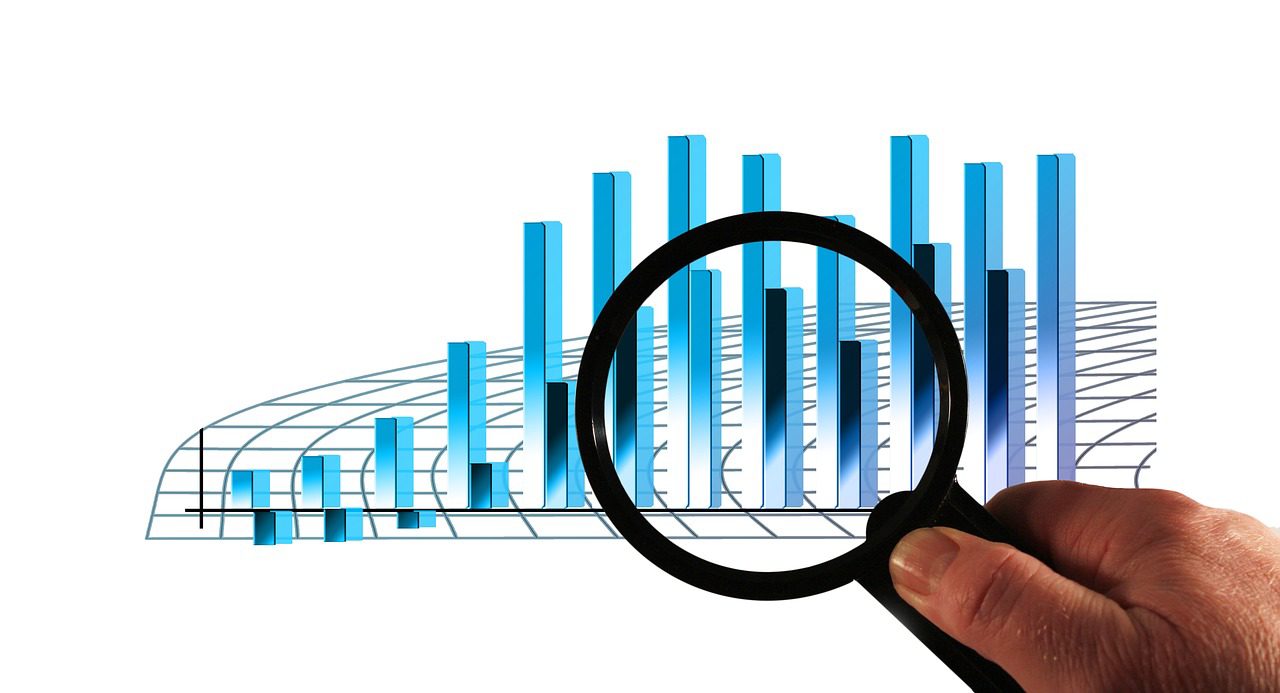Tumbling industry numbers for the second quarter and a lingering PMI figure has made RBI policy hold rates in the recent Monetary Policy Review.
Sound expectations from the market, but will that culminate in a rate cut?
While a credit upgrade by Moody’s to 6.3% signals an economic recovery, there are various macroeconomic factors curtailing a rate cut by the RBI. In the recent bi-monthly review the Central bank has maintained its status quo of holding key policy rates unchanged following inflationary pressures and other demeaning interventions that the government indulged in during the last two quarters.
With an expected inflation to hover in the range of 4-4.5% for the rest of the year, economists were expecting a non-lenient behavior by the RBI, though PMI numbers call for a reversal in policy stance. The Purchasing Manager’s Index (PMI)’s, November figures for domestic service sector stood at 48.5, indicating price hikes and a lagging international demand thus making the sector suffer in terms of earnings.
The anomalies in the GST structure made firms incur losses due to the dilemma that surrounded input cost and passing those costs to the consumer, thus dampening financial reporting and impeding an industrial turnaround. Considering PMI as sole figures, a rate cut seems feasible to pump in money for a robust sectoral growth but other factors point in an opposite direction.
Factors that might hinder growth
Annual consumer inflation is at a seven month high striking the 3.6% mark in October with various underlying conjectures surrounding rising crude oil prices and hampering industrial growth. According to Japanese financial services firm Nomura, for every $10 increase in per barrel cost of crude oil, the fiscal deficit in India proportionately declines by 0.1%.
For a net oil importer like India, OPEC’s decision to rebalance oil markets with a hike in crude oil procurement, a lot of strategic implications might occur. Things may not seem that promising with the Monetary Policy Committee contemplating on a status quo to meet its inflation target of 4 ± 2%, but the onus is now placed on global markets which have largely remained buoyant.
Goldman Sachs in their recent GDP forecast has upgraded the trend to touch the 8% benchmark for India from the earlier expectation of 6.4%. Government move to recapitalize PSB’s might help sustain growth and support weaker bank balance sheet and retarded credit growth.











